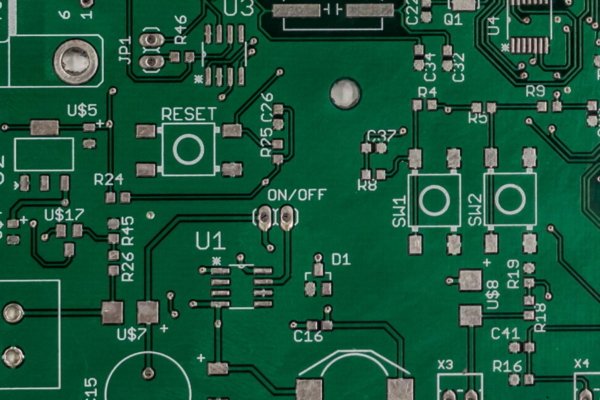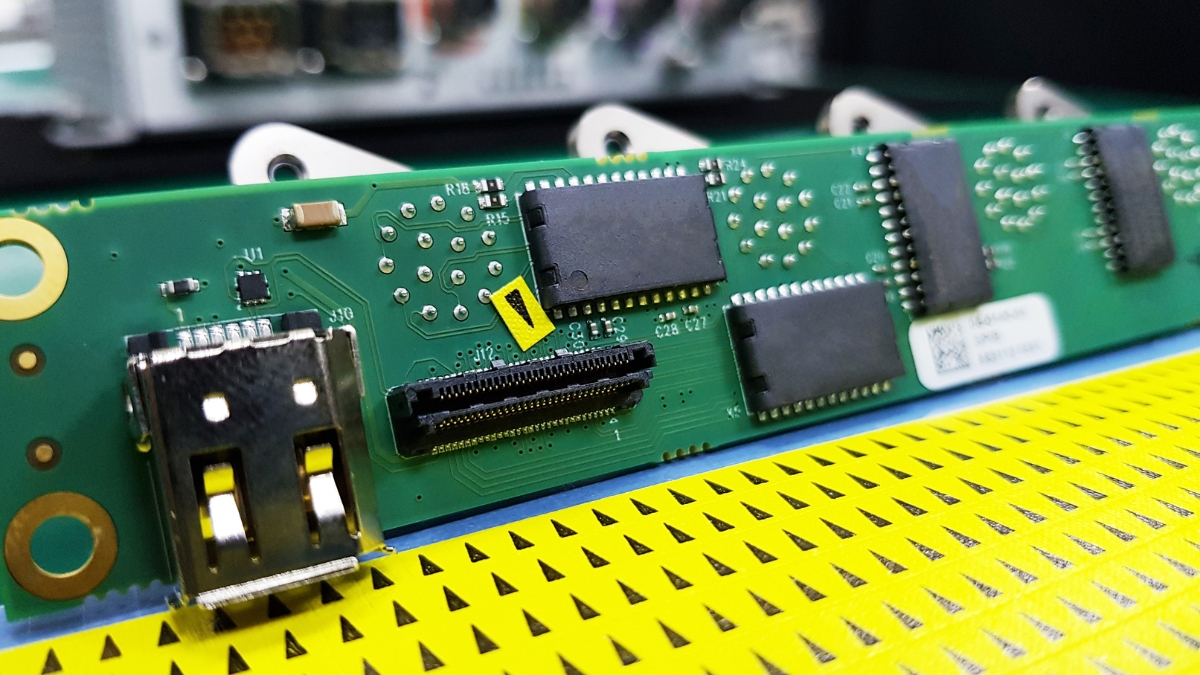What is Hybrid
Hybrid is a printed circuit that combines traditional electronic components with integrated circuits. This unique combination improves electrical discharge and enhances system accuracy, particularly in high-frequency RF applications. The hybrid circuit is constructed by attaching miniature electronic equipment elements to a cushioning board through soldering. It utilizes disparate kits, incorporating both surface mount devices and various technologies to eliminate glitches and provide additional benefits.
One distinguishing feature of a hybrid circuit is its use of a ceramic panel as an insulating component, which allows for the integration of passive elements using photolithography techniques and specific inks. This results in a compact and diminutive circuit design. However, the production of hybrid circuits presents challenges, particularly in controlling the diverse quantity of caloric expansion (CTE) of the different materials used in PCB fabrication and component assembly. Varying expansion rates during heating or lamination can lead to registration issues and the peeling of the copper coating. Therefore, careful consideration of the materials used and their CTE values is crucial in the design process.
In the past, hybrid circuits were primarily accessible to large organizations in industries such as aerospace and military due to their high cost. However, advancements in technology and manufacturing processes have made hybrid circuits more affordable and accessible to individuals from various industries.
Frequently Asked Questions
What Is a Hybrid Component
Hybrid Electronics refers to a compact electronic circuit that combines various individual devices, including semiconductor devices like transistors and diodes, as well as passive components such as resistors, inductors, transformers, and capacitors. These components are then bonded to a substrate or printed circuit board (PCB).
What Is Hybrid Wiring
A hybrid cable refers to a cable that combines various sizes or types of conductors or components into a single organized package. By incorporating multiple functionalities and ensuring optimal performance, a custom hybrid cable eliminates the need for clutter in complex devices and applications.
What Is the Difference Between Hybrid and Integrated Circuits
A hybrid circuit and an integrated circuit both serve as components on a PCB, but they differ in their construction and manufacturing processes. The interconnecting medium for hybrid integrated circuits often utilizes thick film technology.
What Is the Disadvantage of Hybrid Integrated Circuit
Drawbacks or disadvantages of hybrid integrated circuits (HMIC) include reliability problems caused by wire bonds. The limited circuit size restricts the number of mounting devices due to the size limitations and the need for wire bonds for attachment.
What Is the Advantage of Hybrid Integrated Circuit
In a Hybrid Integrated Circuit, there is an advantage of achieving miniaturization and providing circuit designers with the freedom to choose resistor values. This is in contrast to monolithic ICs, which are unable to incorporate certain crucial components in their construction.





